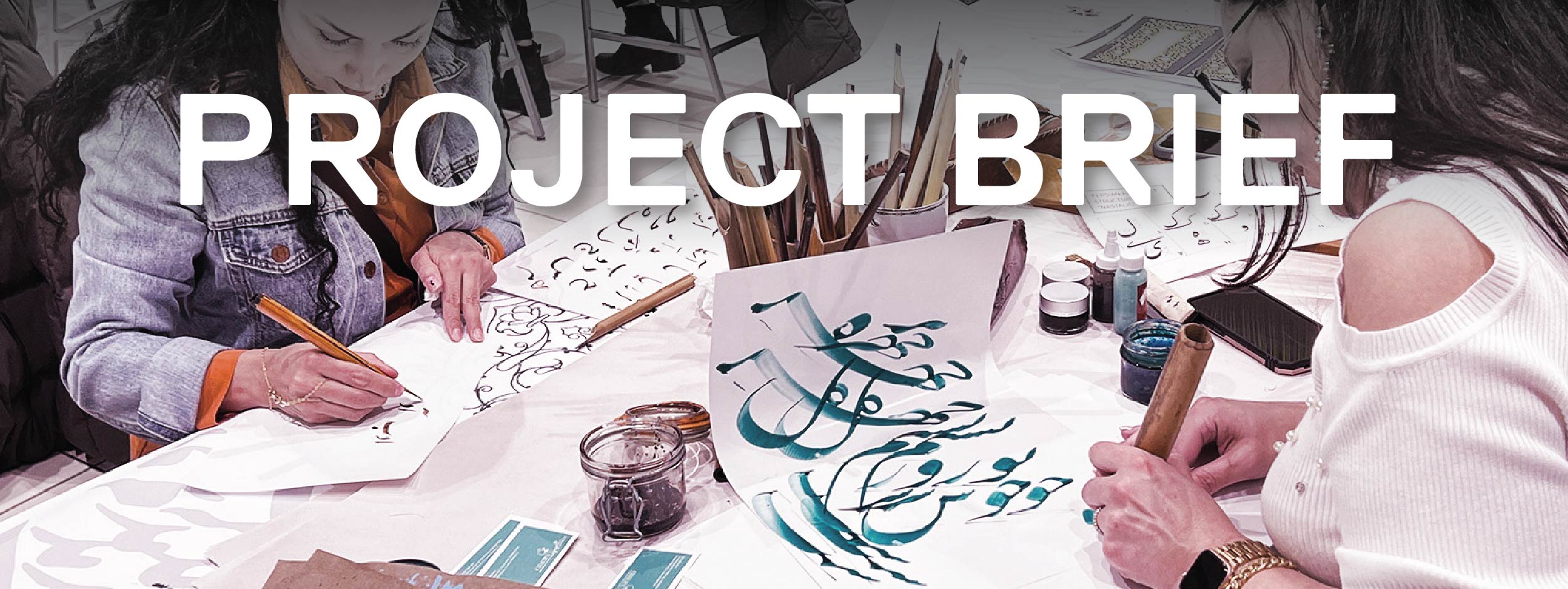Fostering integration through the arts (FIT-ART): Learning from the Toronto Arts Council program for newcomers and refugees


Jérémie Molho, Anna Triandafyllidou, Alice Massari and Tomée Tzatzanis
Toronto Arts Council (external link) : Shawn Newman, Kadija De Paula

This project seeks to conduct a scholarly examination of Toronto Art Council (TAC)'s Program for Newcomers and Refugees (PNR). The specific research objectives are fivefold:
- Document and analyze the initiatives implemented by PNR clients in order to foster immigrant integration in Toronto;
- Explore the shared and separate challenges newcomer and refugee artists face when aiming to integrate into both the local creative economy and life in Toronto;
- Identify strategies for overcoming these challenges and assess their effectiveness and/or any continued gaps;
- Inform decision-making, future research and advocacy priorities for TAC relating to newcomers and refugees;
- Advance scholarly, policy and community knowledge about the role of the arts in immigrant integration.

- How do arts-based initiatives influence the economic and social integration of newcomers and refugees?
- In what ways does artistic expression serve as a mechanism for resilience among immigrant and refugee populations?
- How do newcomer artists navigate the professionalization process to secure a livelihood within Toronto's artistic landscape?
- What are the most effective strategies and interventions that support immigrant artists in their professional development?

TAC launched PNR in 2017 to support newcomer and refugee artists to become better represented in Toronto’s arts community and to reduce the barriers newcomer and refugee artists face in establishing careers in Canada. By offering grants to both artists and organizations that work with newcomers and refugees, the PNR builds capacity and fosters partnerships across the arts and settlement sectors. The PNR has allocated $2.5M in grants to 32 different organizations including settlement agencies, art and community art organizations, as well as 154 individual artists, giving rise to numerous artistic initiatives and mentoring relationships, from art education programs enhancing integration to the creation of platforms showcasing the work of newcomer and refugee artists.
While there is growing recognition of the potential for the arts to support immigrant integration, there is still a lack of rigorous empirical research on the effectiveness of specific arts-based programs and interventions toward newcomers and refugees. FIT-ART addresses this gap by analyzing existing PNR data collected by TAC and engaging with the programs’ clients in order to stimulate a reflection on the role that art can and does play in migration and integration.

The methodology includes four initiatives:
1) Desk research will include an environmental scan of art funding programs benefitting immigrant artists in Canadian cities, and an analysis of TAC’s program data and archives;
2) Four focus groups will be held with program participants including settlement organizations, art organizations, and newcomer and refugee artists;
3) A policy workshop will be convened with experts and practitioners to discuss, and lastly;
4) Two film portraits will be produced featuring newcomer and refugee artists.

The project commenced on September 1, 2023

August 2024

Social and Sciences Humanities Research Council (Partnership Engage Grant)

TAC is an independent arts funding organization acting at arm’s length from, but on behalf of, the City of Toronto. TAC’s mission is to support artists and arts organizations with responsive and innovative granting programs. In addition, TAC develops collaborative research partnerships that generate information on, and knowledge about, Toronto’s (and Canada’s) arts sector, and advocates to all levels of government, the philanthropic sector, and to the public to generate greater support and increased financial investment in the arts.

cultural policy; immigrant integration; newcomer artists; diversity in the arts; Toronto